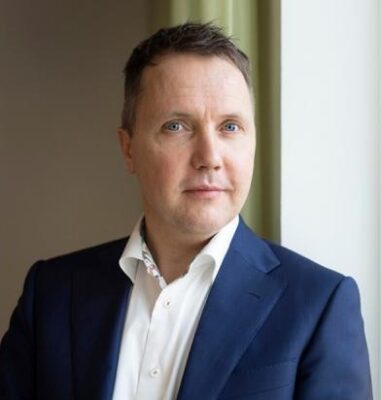How can we create a more communal and energy-efficient future? – Superblocks generate vitality and create value for the communities
In the NSDC initiative (Nordic Superblocks as Decarbonization Catalysts), Skanska, together with its partners, is developing a new form of block construction aimed at mitigating climate change and creating vibrant, resilient residential environments.
Could the superblock model be the answer to the challenges of future living?
In this development initiative, Skanska and its partners are creating a design manual focusing on the key factors that influence superblock vitality, housing affordability, and sustainability.
Block structure for more vibrant and sustainable living
A significant part of a block’s vitality, housing affordability, and sustainability stems from its physical structure. The block’s design determines which functions and services are available within it, how much traffic it generates, how well the spaces between buildings support living, and how resilient it is.
Active street-level spaces transform the urban environment into a more vibrant place. Besides commercial premises, blocks need meeting places and shared spaces that foster community development. Flexible blocks are sustainable because they can adapt to various uses and future needs. Shared spaces and the sharing economy enhance the quality and diversity of daily life without increasing living costs.
A new kind of street environment and courtyards create vitality. Through thoughtful block design, we can create variation between active hubs and quieter semi-public areas. Street-level spaces in buildings are planned together with outdoor areas to keep the street environment lively and diverse. These ground-floor spaces can flexibly transform for business or residential use but require a new type of block governance model.
The superblock is both a dense, modern community and a green, revitalizing place for its residents and users. Urban greenery significantly contributes to climate change mitigation, comfort, and value creation for both users and owners.
Energy communities lay the foundation for smarter solutions
Energy plays a crucial role in building carbon-neutral cities. Solutions where energy is produced and consumed locally reduce the need for grid investments and associated carbon emissions. However, local energy production is limited in capacity, so energy often needs to be imported from elsewhere. This external demand can be minimized by optimizing energy use across buildings within the block and by implementing block-level energy storage. While optimization opportunities for individual buildings are limited, connecting multiple buildings with different uses creates a flexible consumption unit—known as an energy community.
Establishing this connection requires proactive urban planning to enable a new kind of block with integrated energy systems. Linking buildings and properties into an energy community demands innovative application of existing technologies and, importantly, a new governance model that aligns the interests of various property owners.
Innovating together through close collaboration
Creating anything new requires innovation that stems from openness and trust. The superblock cannot be developed using traditional methods; it demands a process that spans the entire lifecycle and considers end-user needs before a single line is drawn. This is a challenging task in a rapidly changing world—especially in urban development, where implementation timelines are long.
Developing more interactive design and implementation processes is one of NSDC’s core goals. Key elements include stakeholder interaction, open dialogue in face-to-face meetings, seeking a shared language and knowledge base, and increasing transparency in both design and construction. Today’s digital tools greatly support this goal, but at the core are people—those of us who develop cities and live in them. Only together can we create something new and better.
Building for a better society.
#skanska #finland
 Toni Tuomola
Toni Tuomola
Regional Manager
Skanska